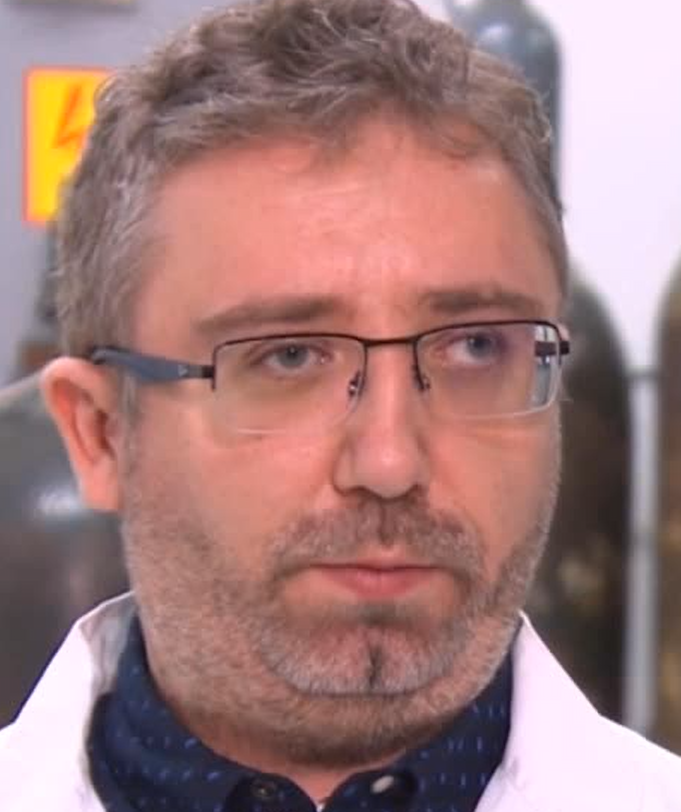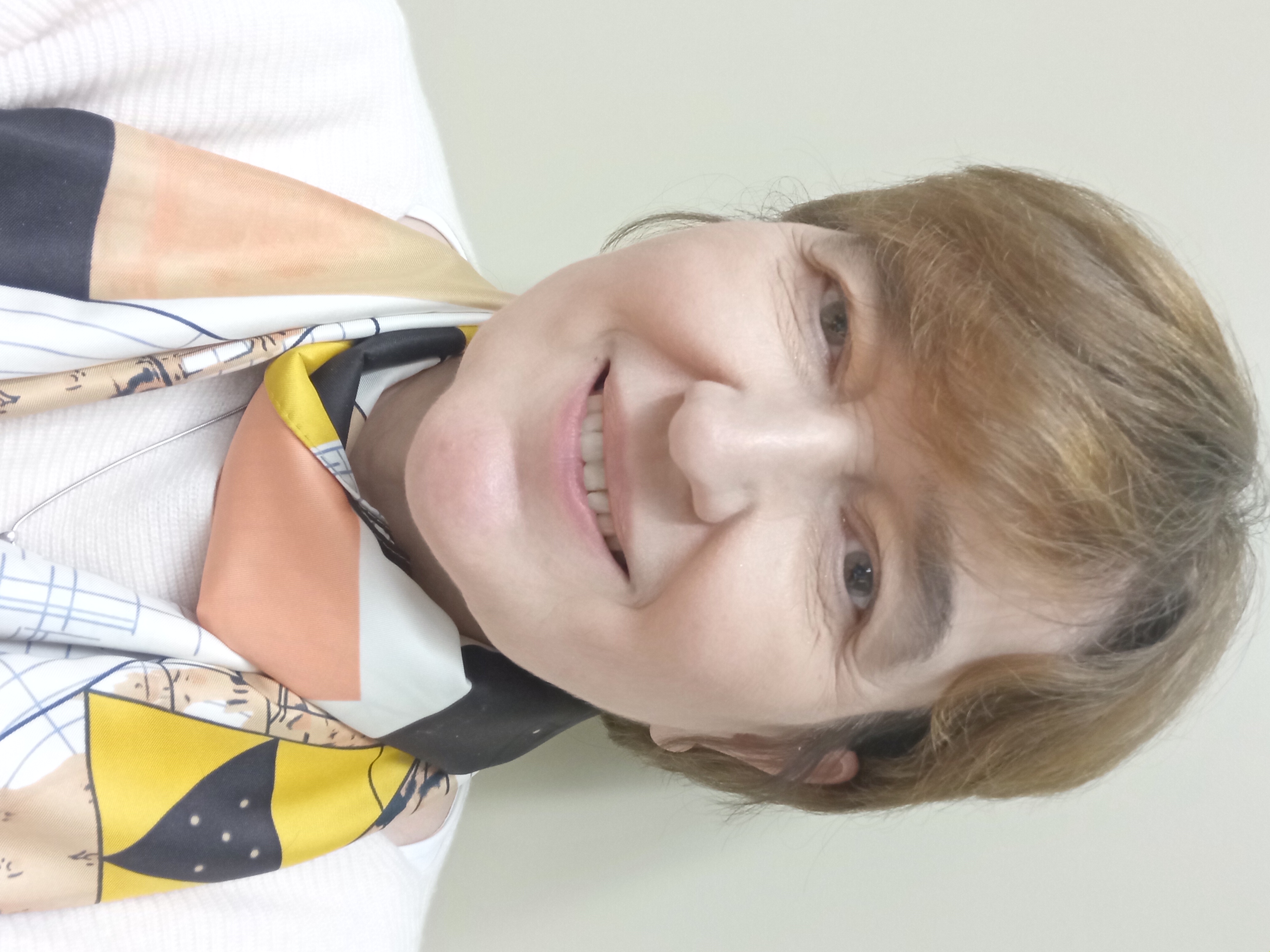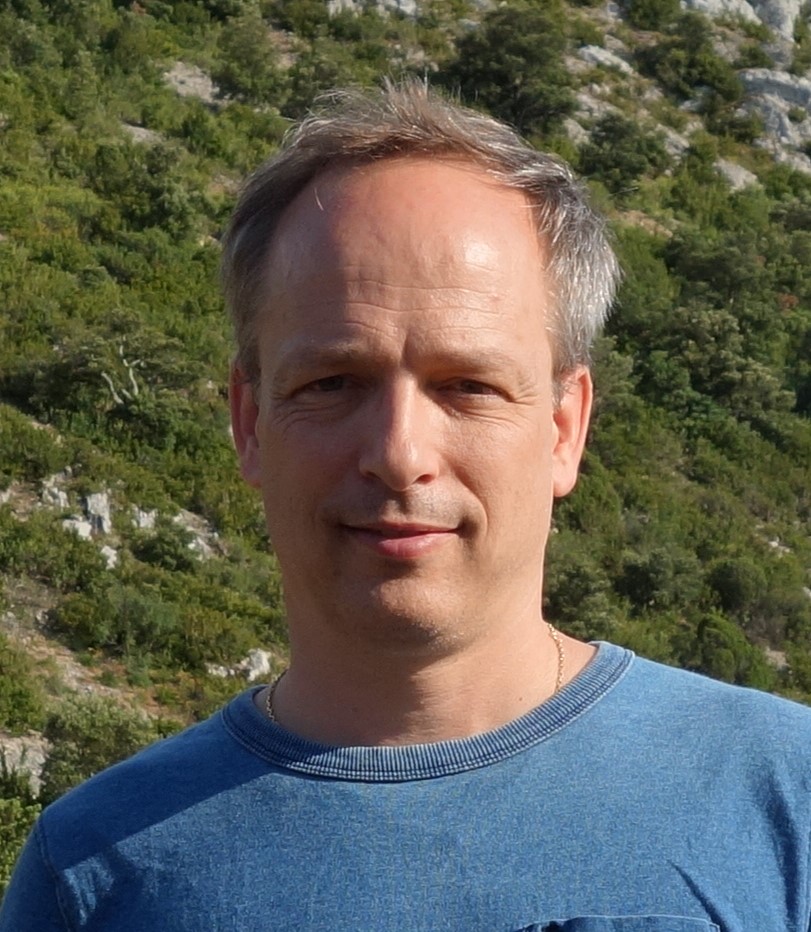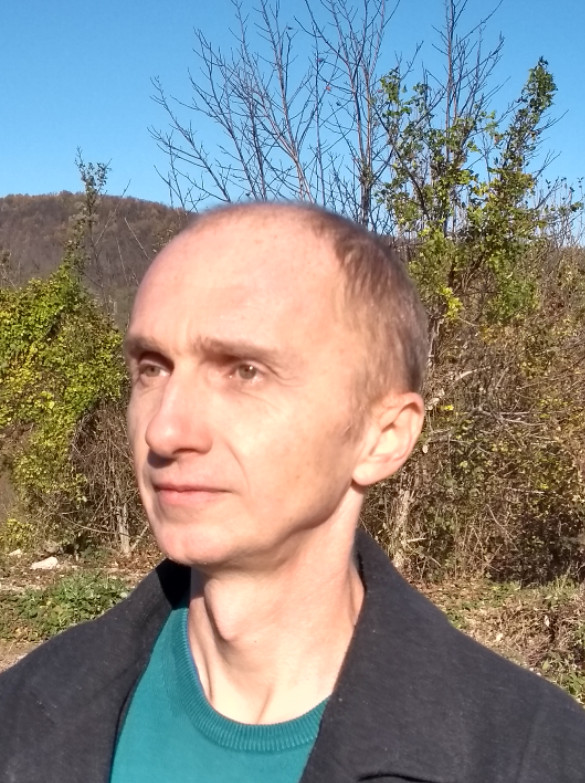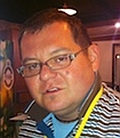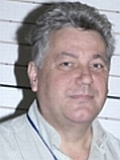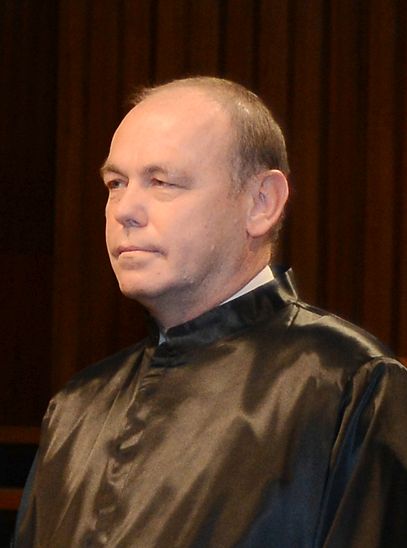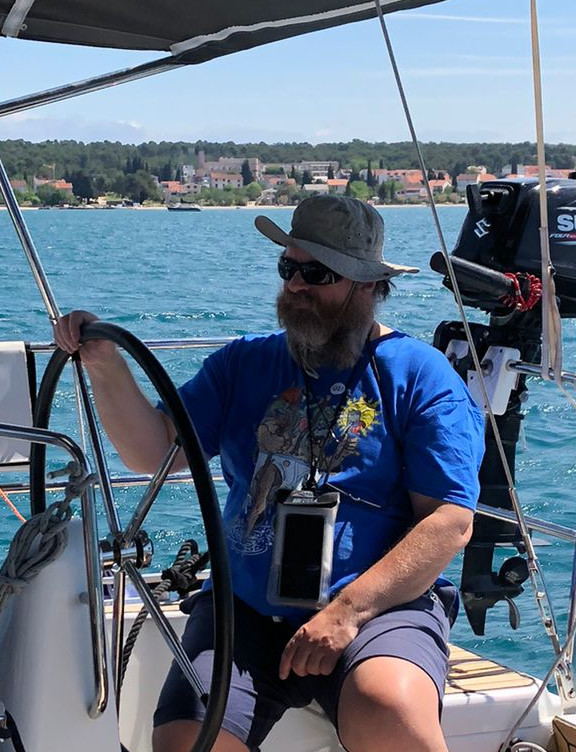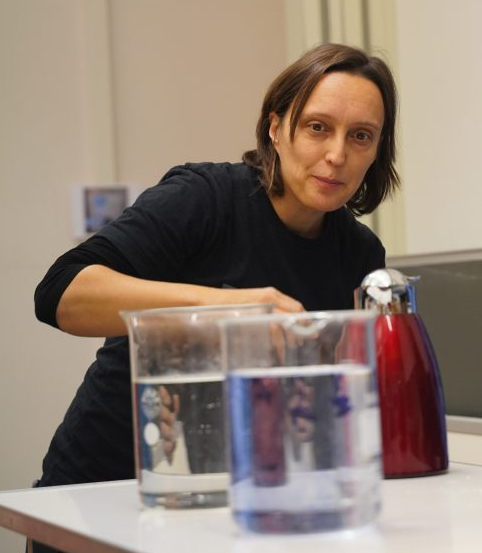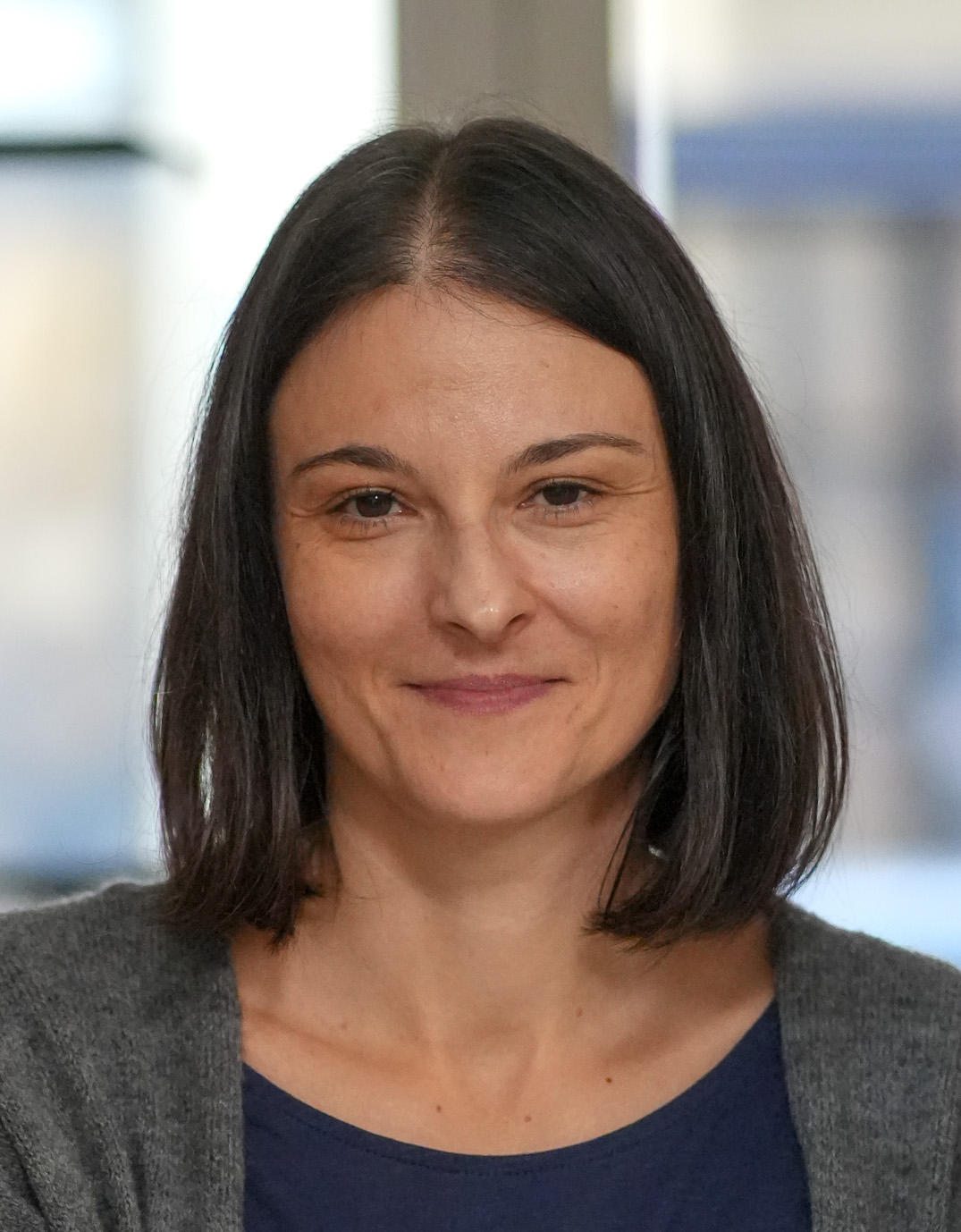|
|
The scientific work of the group is focused on:
More information at https://dereklab.phy.hr |
|
|
|
The group is actively conducting physics education research, which includes investigations of student conceptual and mathematical difficulties in understanding and learning of basic physics concepts, investigations in the field of educational neuroscience, as well as development and testing of new strategies and materials for physics teaching. The group is also involved in the development of physics curricula, school laboratory physics experiments and construction and evaluation of educational physics tests with the use of Rasch modeling. An important aspect of group's engagement is the work with elementary and secondary school physics teachers, for whom regular lectures and workshops are organized.
|
|
|
|
LABORATORY FOR INFRARED SPECTROSCOPY AND ELLIPSOMETRY
This laboratory is dedicated to studying the electrodynamic response of strongly correlated metals, superconductors, and low-dimensional solids.
The goal is to develop the laboratory into a recognized Central European center for infrared spectroscopy and ellipsometry at low temperatures (down to a few kelvin), with the capability to apply both hydrostatic and uniaxial pressure. |
dr. sc. Kamila Komędera
Priyanka Reddy, mag. phys.
Luka Akšamović, mag. phys.
Serena Nasrallah, mag. phys.
|
|
|
In this Laboratory the magnetic and electric properties of various materials are investigated, including static magnetization and alternating susceptibility, electric polarization and transport in magnetic fields and magnetic properties in electric fields. This enables the study of magnetic ordering and dynamics in magnetic materials, magnetic interactions in various complex materials, phase transitions and critical phenomena in superconductors and magnetics, magnetoelectric effects, along with numerous other interesting phenomena of modern physics. The systems studied include metal-organic hybrid structures, complex compounds with magnetic ions, complex metal oxides, magnetic nanoparticles, molecular magnets, organic magnetic materials, multiferroics, superconductors, alloys and metallic glasses, complex magnetic structures, and other materials of importance for fundamental and applied physics. The Laboratory equipment includes a SQUID and a vibrating sample magnetometer, an AC susceptometer and the instrumentation needed for electric transport measurement, which enables precise and detailed measurements of magnetic and electric properties in a wide range of temperatures (2-1000 K) and magnetic fields ( up to 18 T), making it suitable for both basic characterization of new materials and detailed investigation of interesting phenomena in condensed matter physics. |
|
|
|
The Laboratory investigates the micro-structure of modern materials. It is equipped with an X-ray diffractometer for polycrystalline samples, and a high-resolution transmission electron microscope, along with a complete sample preparation setup.
|
Teodoro Klaser, mag. phys.
|
|
|
In the laboratory, we synthesize amorphous materials, metallic glasses, nanocrystalline alloys, polymers, high-temperature superconductors and the latest high-quality single crystals of various types of topological insulators and semimetals with superior properties (low charge carrier density and as high as possible mobility) and potential topological superconductors necessary for the detection of new physical phenomena predicted in topological insulators and semimetals. After the synthesis of the samples, they are characterized by measuring structural, transport, thermodynamic and magnetic properties. The existing equipment includes several different furnaces (up to 1600 C), Differential Scanning Calorimeter (100 K-830 K), He refrigerator (1.6K-400 K), Cryostat with a magnet up to 10 T (1.7 K to 400 K), RF device as well as the necessary equipment for measuring transport, thermodynamic and magnetic properties. The main research interests are the development of new materials, the investigation of collective phenomena of superconductivity and magnetism of materials, weak localization, spin-orbit interaction and spin scattering in metallic glasses, phenomena resulting from Dirac dispersion, spin-momentum locking effect and π-Berry phase of the surface topologically protected metallic phase. Special attention is paid to the development of highly precise methods for measuring magnetization with a micro-piezo lever, heat capacity and thermoelectric effects. |
|
|
|
The detectors prepared and tested in this laboratory are used for fundamental research in experimental nuclear physics conducted in accelerator centers MAMI (Mainz Microtron), Germany, DAFNE (Laboratori Nazionali di Frascati), Italy, and CERN, Switzerland. The laboratory is also engaged in the application of nuclear methods: materials, medicine and environment.
|
|
|
|
Microwave absorption research has been conducted at the Faculty since 1997., and the Laboratory has been expanded in 2010. to include nuclear magnetic resonance methods. The principal research subjects are collective phenomena which determine matter properties such as superconductivity and quantum magnetism. Additionally, trough nuclear magnetic resonance measurements, the Laboratory participates in other areas of condensed matter research such as ionic conductors, ferromagnetic graphite, soft matter, metal cluster alloys etc.
|
|
|
|
In this Laboratory the magnetotransport properties (resistance, magnetoresistance, Hall effect) of various materials (low dimensional conductors, oxide heterostructures,...) are investigated.
|
|
|
|
In our laboratory, we investigate the interaction of light with matter, using experimental methods of high-resolution optical spectroscopy in the visible and infrared range, as well as numerical modeling with the COMSOL Multiphysics software package. Our research is focused on the field of applied physics, and within atomic physics, we pay special attention to the applications of laser-induced breakdown spectroscopy (LIBS). The laboratory is equipped with modern instruments for high-resolution atomic and molecular spectroscopy, including dispersive and FT-VIS-IR spectrometers, a LIBS setup, experimental setups for time-resolved spectroscopy, a thermal vacuum evaporator for metals and organic semiconductors, as well as equipment for optoelectronic characterization of samples fabricated in our laboratory. We have established collaborations with research groups from Austria and the Czech Republic, as well as with groups from the Ruđer Bošković Institute, the Croatian Institute for Brain Research, and the School of Medicine in Zagreb. |
|
|
|
Head: prof. dr. sc. Ana Akrap
We want to understand the charge dynamics of materials hosting light fermions, such as topological insulators or Weyl and Dirac semimetals. We explore the materials' physics, studying their optical properties under extreme conditions: high magnetic fields, low temperatures, and under high pressure. |
mag. phys. Serena Nasrallah
|
|
|
SYNTHESIS AND SAMPLE PREPARATION LABORATORY
In this laboratory, single crystals of high-quality materials with new electronic and magnetic properties are developed, which are of interest both for fundamental research and for applications. Due to the complexity of these systems and the delicate balance between different quantum states, the obtained materials are thoroughly characterized within the laboratory using electronic transport measurements, magnetic susceptibility, and X-ray techniques. Carefully characterized samples are then analyzed using advanced spectroscopic techniques.
|
 dr. sc. Kamila Komędera
Priyanka Reddy, mag. phys.
Luka Akšamović, mag. phys.
Petar Sačer, mag. phys.
Jana Mužević
|
|
|
LABORATORY FOR INTERMEDIATE AND HIGH ENERGIES
Research in experimental particle physics at high energies focuses on the investigation of quark-gluon plasma at the Large Hadron Collider (LHC) and the development of machine learning methods in particle physics.
|
 |
|
|
Observational astrophysics applied to galaxy formation and evolution.
|
|
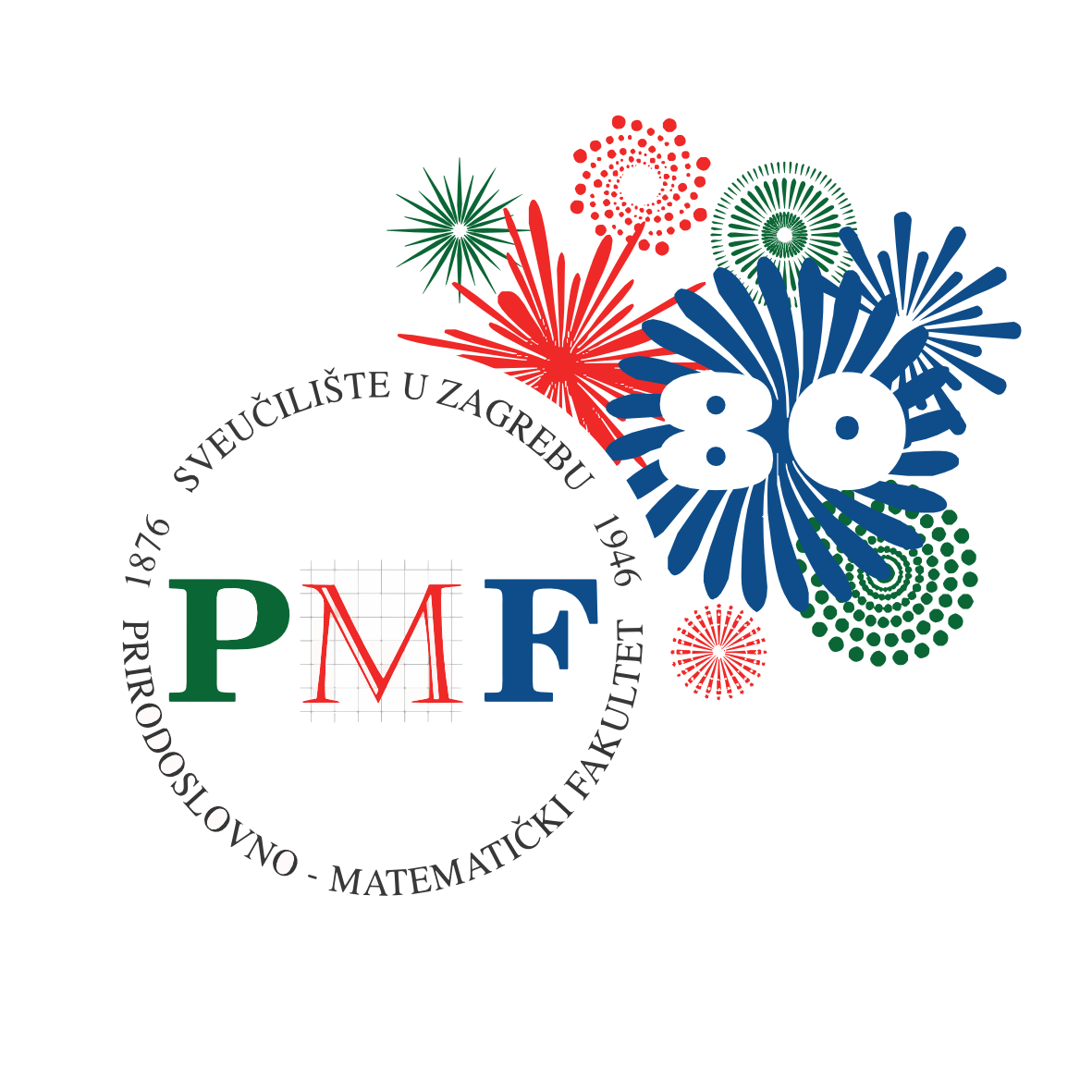
 Pristupačnost
Pristupačnost